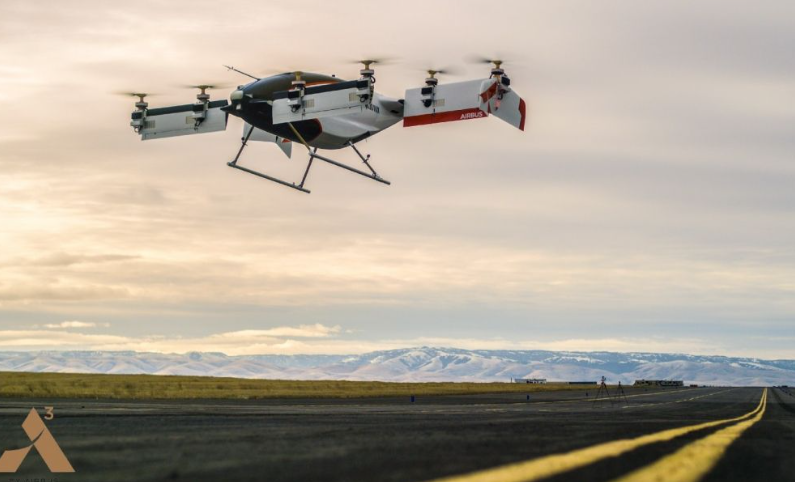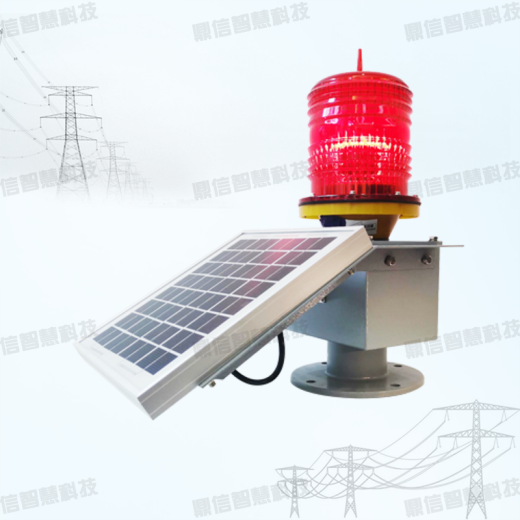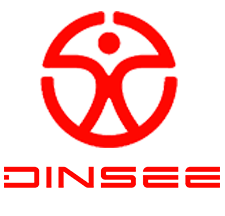With the gradual opening up of low-altitude airspace, some regions have also driven up the low-altitude field economy. China's airspace is extensive, the low-altitude flight environment is also quite complex, low-altitude flight obstacle impact flight accidents have not happened. So it is especially important for drivers to recognize and avoid low altitude flight obstacles.
The Civil Aviation Law and the Special Technical Standards for Civil Aviation clearly stipulate that flight obstruction lights and signs should be set up for super-high buildings with a height of more than 45 meters, and the installation of flight obstruction lights is to prevent flying machines (airplanes, drones, gliders, and other objects in the sky, etc.) from crashing into the buildings. The Solar Air Obstruction Lights is the best way to prevent aircraft from hitting buildings. DX-JSS100-HKD, comply with relevant regulations and meet the warning requirements.
The obstacle light absorbs the sun's energy through solar panels and converts it into electricity stored in the built-in battery. When night falls or when encountering low visibility weather, the obstacle light will automatically light up and emit a strong glow to remind pilots to pay attention to avoiding obstacles. This automated way of working not only reduces the tediousness of manual operation, but also greatly improves safety performance. At the same time, due to the unlimited solar energy resources, the service life of this kind of obstacle light is also longer and the maintenance cost is lower.
In addition, the solar-powered aviation obstruction light is highly adaptable and flexible. It can be installed on the top of various buildings and facilities, such as airport towers, high-rise roofs, bridges and other scenarios, providing all-round protection for aviation safety. Meanwhile, with the advancement of technology, the functions of solar aviation obstruction lights are also improving, such as the ability to automatically adjust the brightness according to the weather changes, remote control and other functions, making it more in line with the needs of modern aviation safety.






